Mold & Water Damage Remediation
Disinfection in case of mold / water damage
Disinfection in case of mold / water damage
Mold fungi are an important factor in the biological cycle of nature. They play a crucial role in the decomposition of organic material, ensuring the renewed bioavailability of minerals and nutrients. Unfortunately, some mold fungi can cause health issues by producing toxins or contaminating the air with spores. Therefore, mold growth indoors is unacceptable from a hygiene perspective.
Mold fungi grow particularly quickly in high humidity and moisture—both typical consequences of water damage. Sanosil disinfectants have proven highly effective in remediating moisture and mold damage for many years. The formulation with boosted hydrogen peroxide makes these products the preferred choice for both commercial and private users.

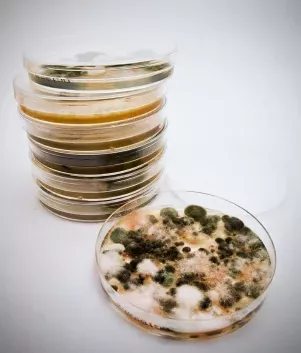
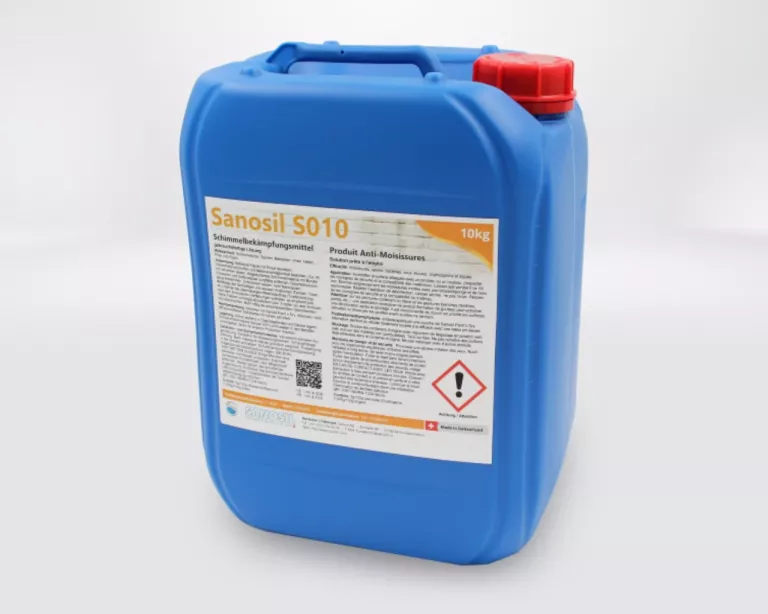
The Sanosil classic: mold killer with depot effect
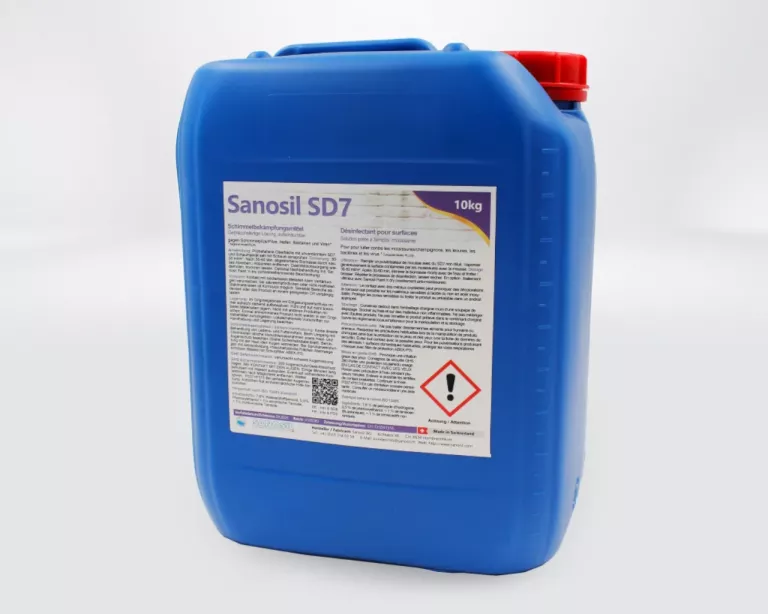
The new generation: foamable anti-mold agent
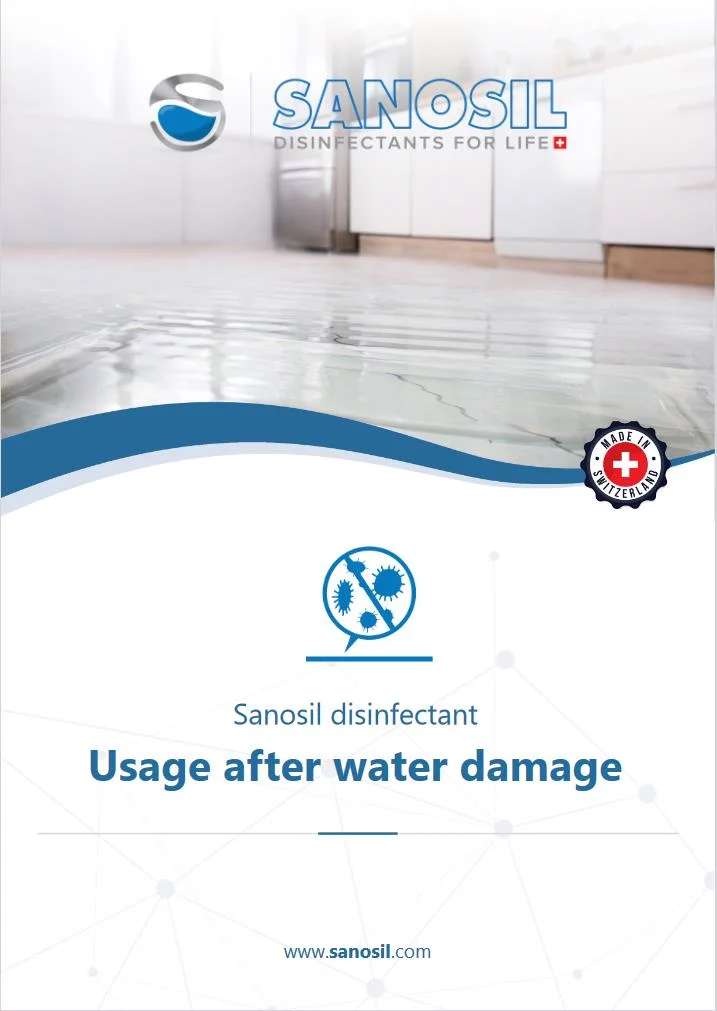
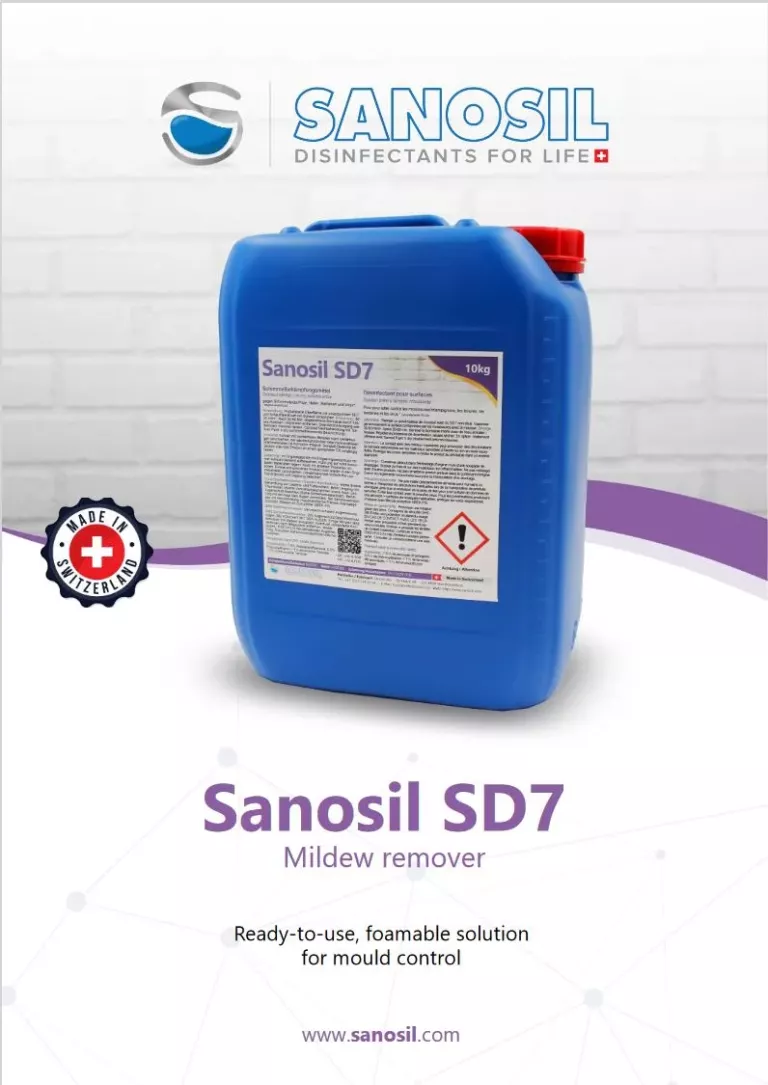
Water damage refers to the impairment or destruction of materials caused by the intrusion of water. The most common causes include flooding, sewage backup, pipe bursts, and the entry of firefighting water during fire damage. Additionally, there is the gradual soaking of building materials due to leaking water or heating pipes.
In addition to material destruction, the intruding water creates prolonged high humidity and moisture levels in materials. These conditions are ideal for the rapid growth of mold and wet germs, which thrive on damp substrates with organic nutrients.
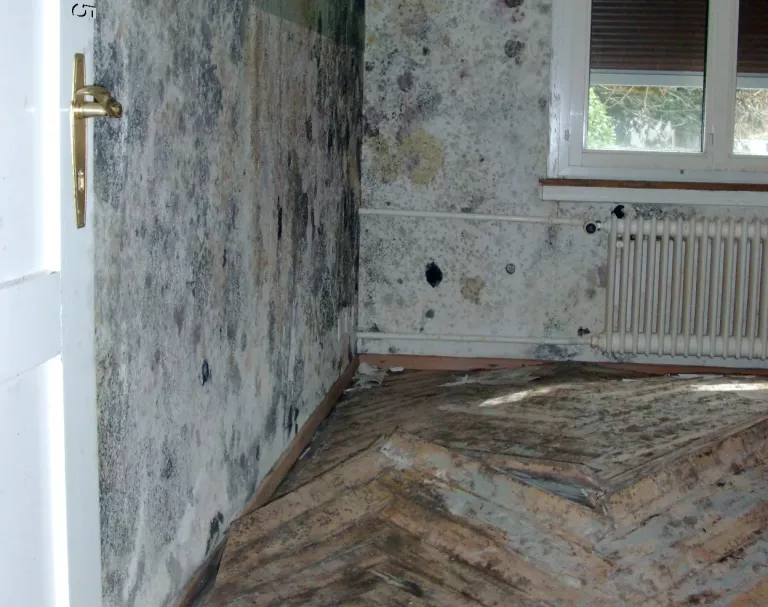
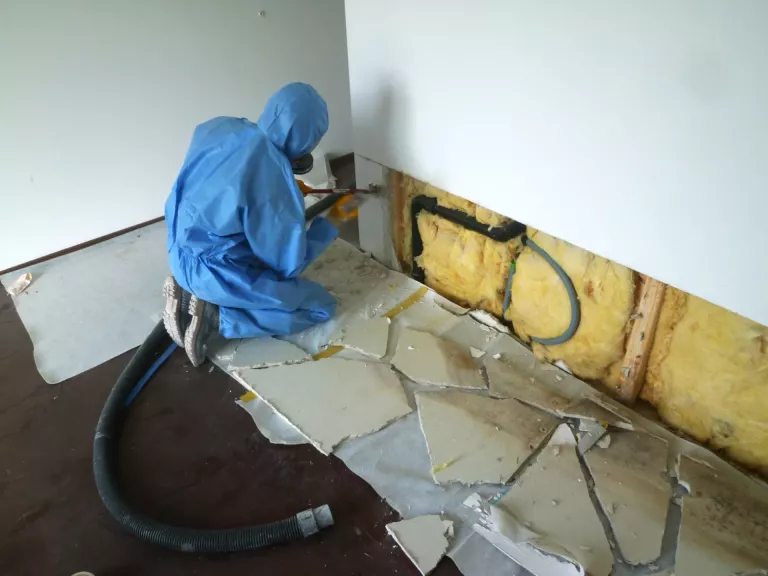
Especially in cases of sewage water damage, flooded surfaces can become heavily contaminated with harmful germs. If drying measures such as blowing in dry air are initiated without proper precautions, intestinal and fecal germs can be aerosolized and inhaled. Depending on the environmental resistance and pathogenic potential of the germs, these contaminated aerosols can cause infections and severe gastrointestinal problems.
The use of appropriate disinfectants to decontaminate critical areas is therefore crucial for protecting the health of employees and occupants. At the same time, timely disinfection of soaked surfaces prevents mold growth, buying time until the drying process can be completed. Sanosil disinfectants have proven to be highly effective for disinfecting even heavily contaminated surfaces to this day.
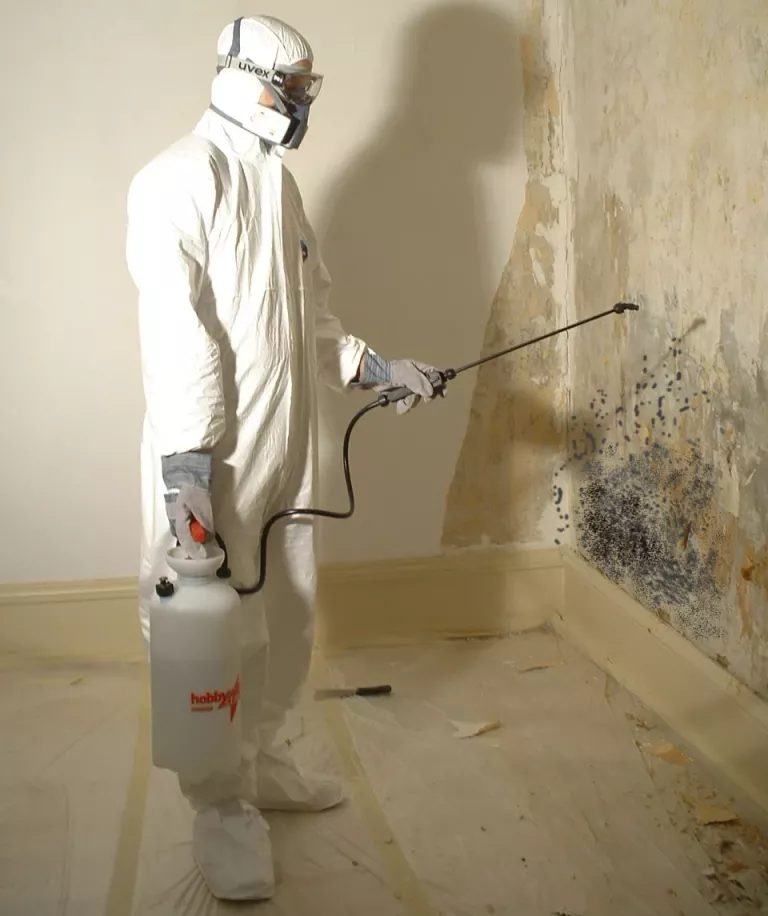
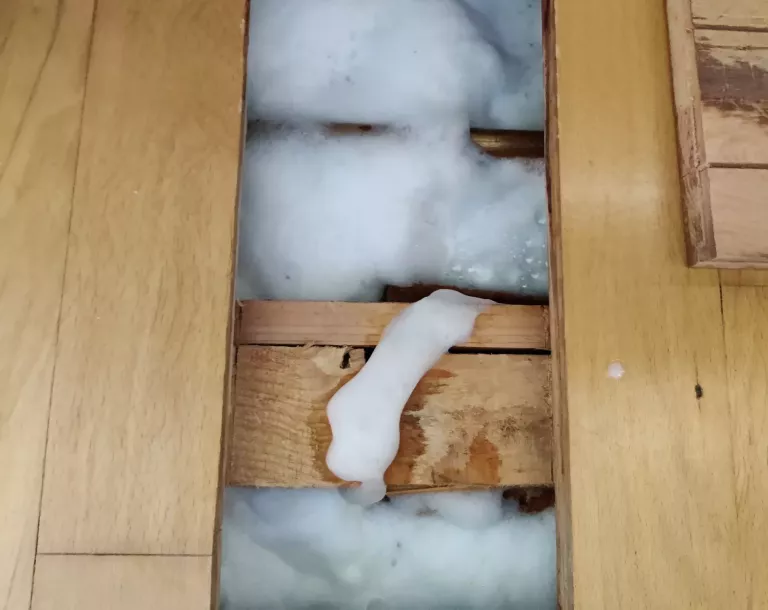
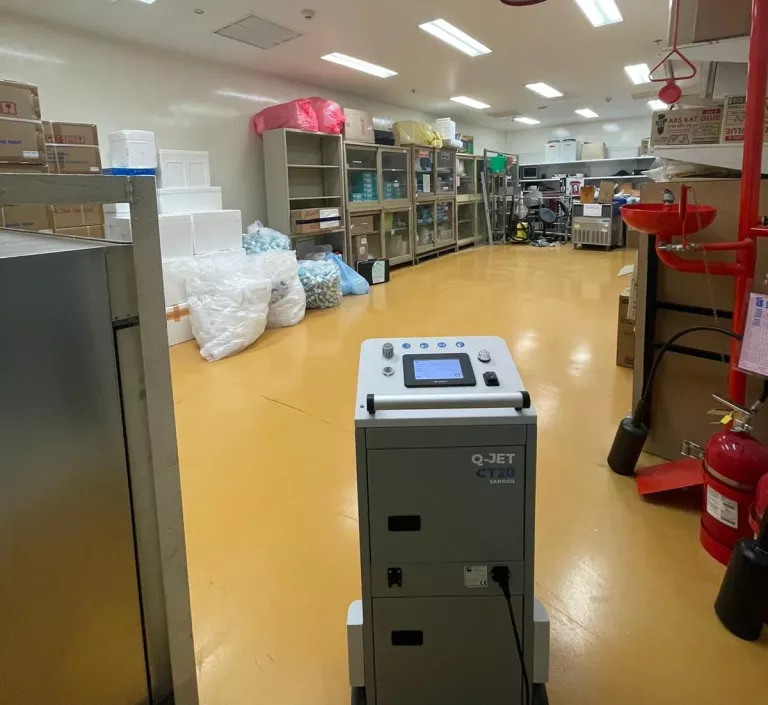
Our core competencies include the manufacturing and application consulting of disinfection products for water systems, surfaces, and air (complete room disinfection).